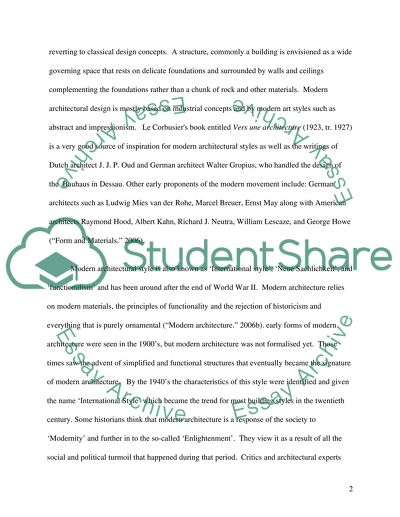Cite this document
(“Modern Architecture Essay Example | Topics and Well Written Essays - 2000 words”, n.d.)
Retrieved from https://studentshare.org/architecture/1501157-modern-architecture
Retrieved from https://studentshare.org/architecture/1501157-modern-architecture
(Modern Architecture Essay Example | Topics and Well Written Essays - 2000 Words)
https://studentshare.org/architecture/1501157-modern-architecture.
https://studentshare.org/architecture/1501157-modern-architecture.
“Modern Architecture Essay Example | Topics and Well Written Essays - 2000 Words”, n.d. https://studentshare.org/architecture/1501157-modern-architecture.


